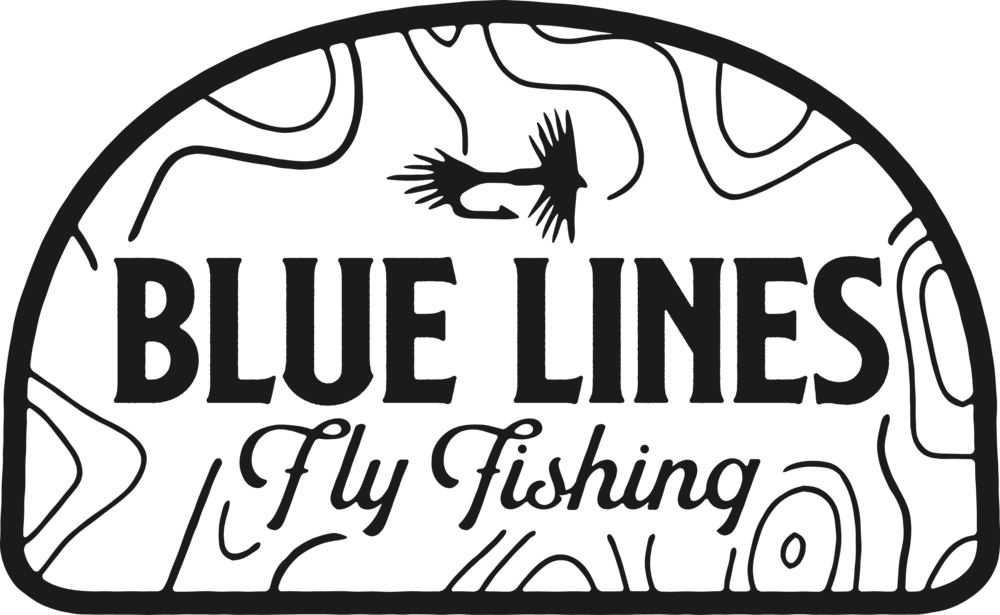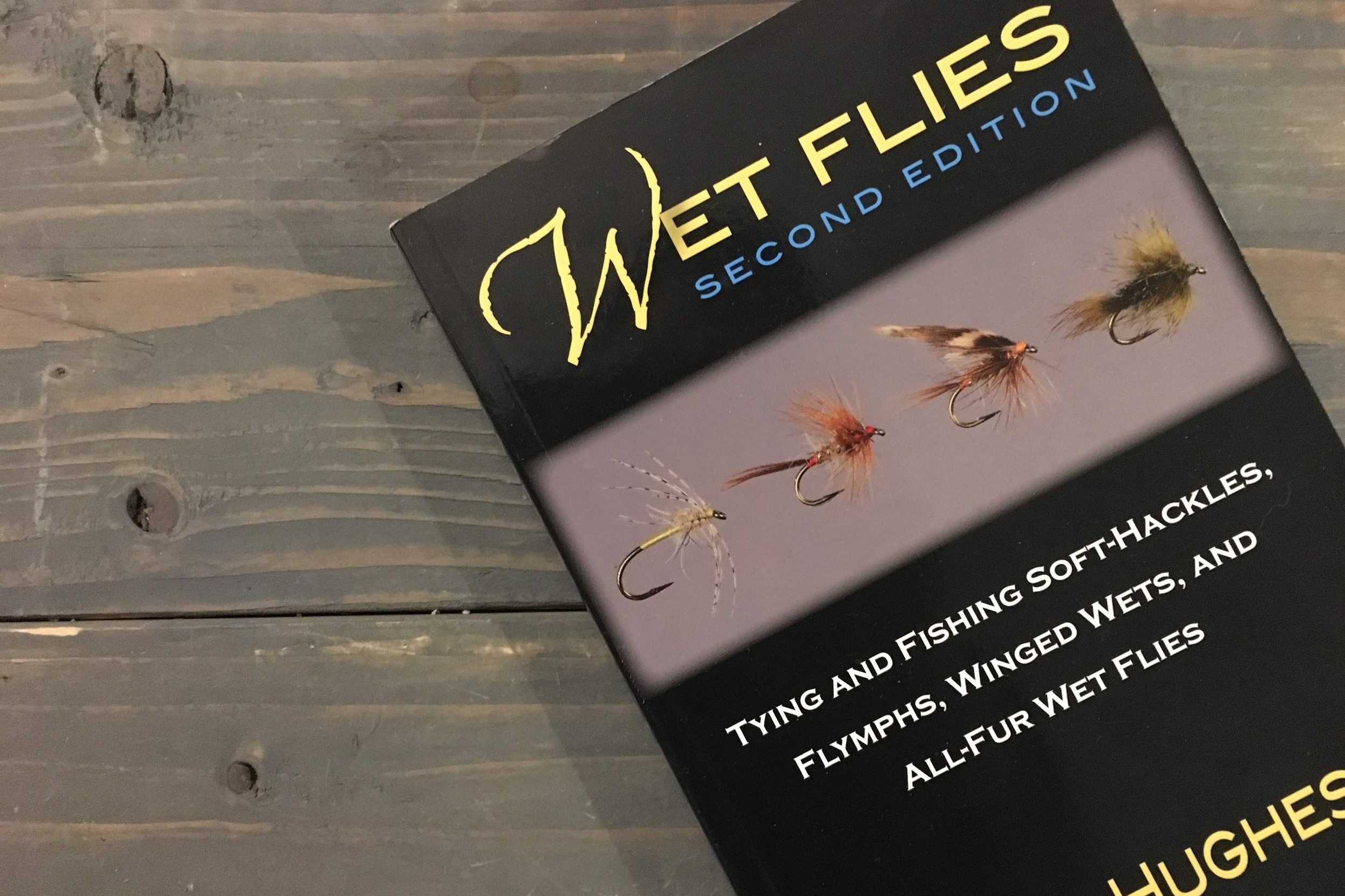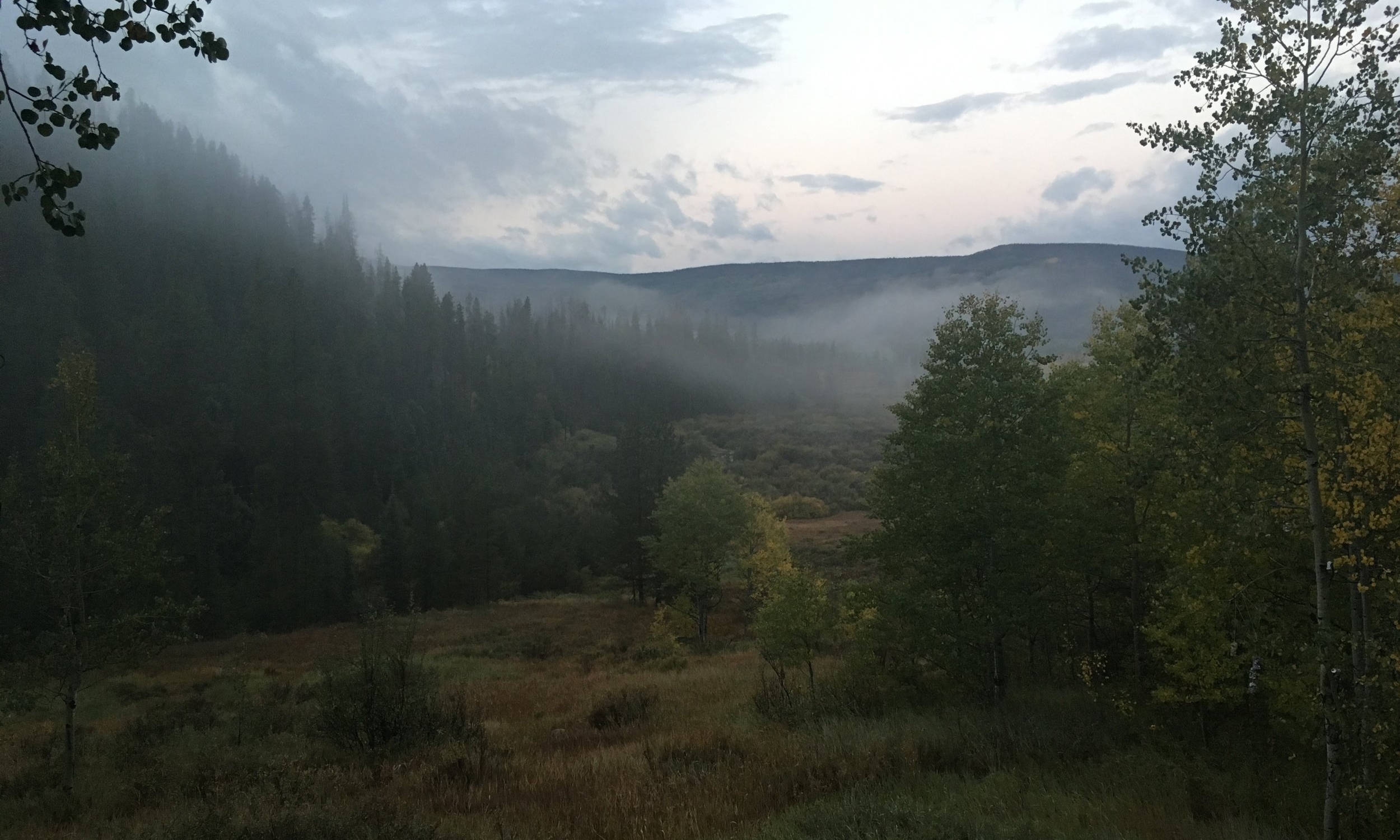I have a sizable collection of fly fishing books. Sometimes I’ll review one. I’ll keep it under 500 words. Any longer and you should just go read the book. Expect slander, personal opinion, and unbridled honesty. I like both books and fly fishing too much to be nice.
I have a thing for wet flies. It almost defies explanation, but it’s there. They are not the most effective patterns in most situations, they date back to an era before our current high level of understanding regarding entomology, trout, river life, and fishing tactics, but I love them all the same. It’s not unusual for someone to have a retro affectation in their hobbies. Some anglers use cane rods, some cyclists only ride steel bikes, some carpenters only use hand tools. I have a deep love for classic, old-school wet flies.
If you’re of the same bent, or even just mildly interested in adding some wet flies to your fly box, I would suggest Dave Hughes’ Wet Flies. Whatever your needs, be it tactics, patterns, tips, tricks, or just a learned dive into all things wet fly, this book kind of has it all. It’s equal parts anecdote, in-depth tactical and functional analysis, and pattern book, with loads of photos to document how Dave Hughes ties some of his favorite patterns. I wouldn’t go out on a limb and say that it’s the most thrilling fly fishing book I own, there is no high adventure here, but it nonetheless broadened my understanding of wet flies to a considerable degree. I found the section on tactics to be particularly valuable. I never hurts to have a knowledgeable person provide insight into the hows and whys of a given approach.
When I took up fly fishing again as an adult, after a nearly two decade break, I had my first real success with wet flies. Either with a tenkara rod or a western set up I carried a box of size 14 and 16 soft-hackles and kebari flies and I did very, very well on my local rivers and streams. I experienced great fellow feeling for Dave Hughes when, in his introduction to Wet Flies, he talked about the decision to walk away from a “perfect dry-fly day on perfect dry-fly water”. I’ve made that same decision and been amply repaid with fish in hand and great days on the river. One thing I love about collecting fly fishing literature is the sense that my experiences are shared with others. That somehow, across space and time, I am sharing a feeling, or a place, or an emotion, with someone else. That my angling experiences are, in some small sense, universal and that there is something inherent in the experience of fly fishing that connects anglers. Reading Dave Hughes’ revelation about wet flies reminded me of my own past conviction that a size 14 Moorit wool kebari was the fly, the only fly, that I needed. Next season I’ll be sure to have a fresh box of wet flies and, on some perfect dry-fly day on perfect dry-fly water, I’ll tie on a soft hackle and cast up into the next pool.










